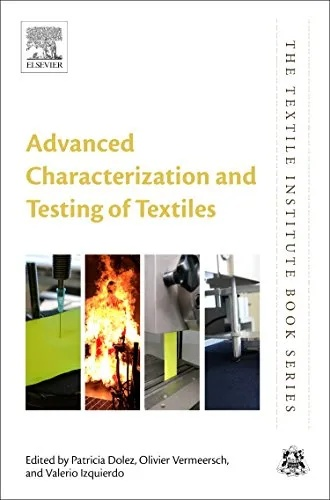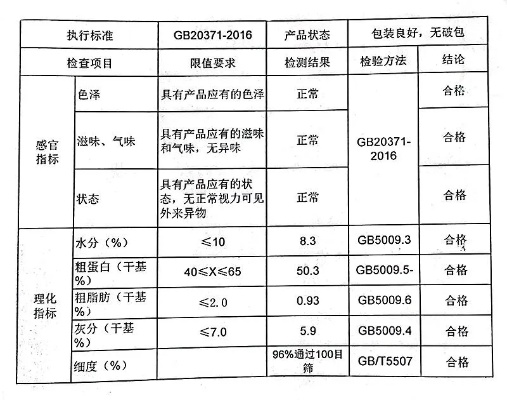Textile Testing for Heavy Metals:A Comprehensive Guide
Introduction: Textiles, being an integral part of our daily lives, come into contact with a wide range of materials and environments. This exposure can potentially lead to the accumulation of harmful heavy metals in these fabrics. Therefore, it is essential to ensure that textile products meet certain safety standards before they are used or worn by consumers. In this guide, we will discuss the testing methods for detecting heavy metals in textiles, including some common cases and their corresponding results.

Heavy Metals in Textiles: Heavy metals refer to elements such as mercury, lead, cadmium, chromium, and arsenic, which have toxic effects on human health when present in high concentrations. These metals can accumulate in the skin, eyes, and internal organs, causing various health problems like neurological disorders, reproductive issues, and even cancer.
Testing Methods: There are several methods used to test for heavy metals in textiles, including:
-
Spectrometric Analysis (SPA): This method involves the use of spectrophotometers to analyze the color and intensity of the textile samples. The presence of heavy metals can cause changes in the absorption spectrum, allowing the detection of these elements.
-
Atomic Absorption Spectroscopy (AAS): AAS is a sensitive technique that allows for the detection of trace amounts of heavy metals. It involves the absorption of light by the metal ions present in the sample, which is then measured and compared to known standards.
-
X-ray Fluorescence (XRF): XRF is a non-destructive technique that uses X-rays to identify the chemical composition of the sample. By analyzing the X-ray spectrum, it is possible to determine the presence of heavy metals.
-
Inductively Coupled Plasma Mass Spectrometry (ICP-MS): ICP-MS is a powerful technique that combines plasma atomic emission spectroscopy with mass spectrometry. It is highly sensitive and can detect trace amounts of heavy metals down to parts per trillion levels.
-
Electrochemical Techniques: These techniques involve using electrodes to measure the amount of heavy metals present in the sample. They are particularly useful for detecting low levels of heavy metals that may not be visible under other analytical methods.
Case Study: Let's consider a textile company that produces clothing for children's wear. The company has been found to have exceeded the maximum allowed level of lead in its fabrics. This could pose a serious health risk to young children who are more susceptible to lead poisoning than adults.
The company decided to conduct a comprehensive testing program for all its textile products. They used both SPA and ICP-MS to analyze the samples and identified the sources of the lead contamination. The company also implemented stricter production processes and regular audits to ensure that heavy metal levels do not exceed safety standards again.
Conclusion: Textile testing for heavy metals is crucial for ensuring consumer safety. By utilizing a combination of different analytical techniques, manufacturers can effectively detect and control the levels of heavy metals in their products. In cases where heavy metals are detected at unsafe levels, prompt action is necessary to prevent harm to consumers. As such, it is important for textile companies to stay informed about the latest regulations and best practices in the field of heavy metal testing.
随着人们对纺织品健康安全问题的关注度日益提高,纺织品中的重金属含量检测成为了行业关注的焦点,本文将通过介绍纺织品测重金属的方法和案例,帮助大家更好地理解这一过程。
纺织品测重金属方法概述
样品采集与预处理
在纺织品测重金属过程中,首先需要采集样品,样品应采集自符合相关标准的纺织品,确保其来源和质量,预处理步骤包括去除杂质、清洗等,以确保测试结果的准确性。
仪器与试剂

用于纺织品测重金属的设备主要包括重金属分析仪和试剂,重金属分析仪能够快速、准确地检测样品中的重金属含量,试剂的选择应根据测试需求和样品性质来确定。
测试流程
测试流程包括样品制备、仪器设置、测试操作等步骤,在测试过程中,应遵循一定的操作规范,确保测试结果的准确性。
案例分析
某品牌纺织品重金属检测
某品牌近期推出的一款纺织品受到了广泛关注,为了确保其健康安全,对该款纺织品进行了重金属含量检测,检测过程中,采用了先进的纺织品测重金属方法,并严格按照操作规范进行,最终检测结果显示,该款纺织品中的重金属含量符合国家标准。
纺织品重金属检测中的技术应用
在纺织品重金属检测中,除了传统的化学分析方法外,还采用了光谱分析技术,该技术能够更准确地检测样品中的微量元素和有害物质,提高了检测的准确性和灵敏度,对于不同类型和来源的纺织品,可以采用不同的测试方法进行检测。
纺织品测重金属案例说明
样品采集与预处理
在案例一中,样品采集时需要注意选择符合标准的纺织品,确保其来源和质量,预处理过程中,应去除杂质和污渍,以保证测试结果的准确性,对于不同类型和来源的纺织品,可以采用不同的测试方法进行检测,对于含有重金属的纺织品,可以采用化学分析方法进行检测;对于环保型纺织品,可以采用光谱分析技术进行检测。
仪器与试剂选择
在案例一中使用的仪器和试剂应符合国家标准和测试需求,重金属分析仪应具备高灵敏度和高准确性,能够快速、准确地检测样品中的重金属含量,试剂的选择应根据测试需求和样品性质来确定,以确保测试结果的准确性。
纺织品测重金属是保障纺织品健康安全的重要手段,通过采用先进的纺织品测重金属方法和案例说明,我们可以更好地理解这一过程,在实际应用中,应遵循一定的操作规范,确保测试结果的准确性,还需要不断更新和完善测试方法和设备,提高测试的准确性和灵敏度。
Articles related to the knowledge points of this article:
Explore the Textiles Industry in Shaoxing An In-depth Job Hunting Guide



